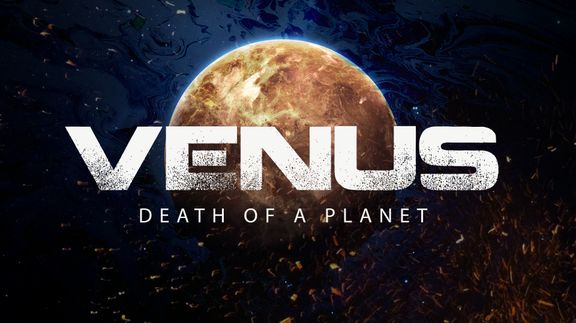

Venus: Death of a Planet
Billions of years ago, Venus may have harbored life-giving habitats similar to those on the early Earth. Today, Earth's twin is a planet knocked upside down and turned inside out. Its burned-out surface is a global fossil of volcanic destruction, shrouded in a dense, toxic atmosphere. Scientists are now unveiling daring new strategies to search for clues from a time when the planet was alive.
Billions of years ago, Venus may have harbored life-giving habitats similar to those on the early Earth. Today, Earth's twin is a planet knocked upside down and turned inside out. Its burned-out surface is a global fossil of volcanic destruction, shrouded in a dense, toxic atmosphere. Scientists are now unveiling daring new strategies to search for clues from a time when the planet was alive.
Related Articles
View AllIs Outer Space a Vacuum?
Space between star systems and galaxies is immense and, in some places, nearly empty. But, does interstellar space meet the definition of a “perfect vacuum”? The quirks of quantum…
Why Isn’t Pluto a Planet Anymore? (Some Say It Still Is)
Is Pluto a planet? Astronomers agreed in 2006 to rename it a “dwarf planet.” But planetary scientists disagree. They say its status as a planet should never have been changed.…
7 Threats Mars Colonizers Are Sure to Face in Outer Space
Humans appear to be on the verge of setting out in large numbers into space on commercial flights. Space visionaries are promoting these journeys as essential next steps for the…
Space Travel to the Moon, Mars, and Beyond: Often Romanticized, Seldom Understood
As we look ahead to NASA’s return to the Moon, it’s a good time to consider how far we’ve come. An earlier generation of rocket scientists made possible humankind's first giant…